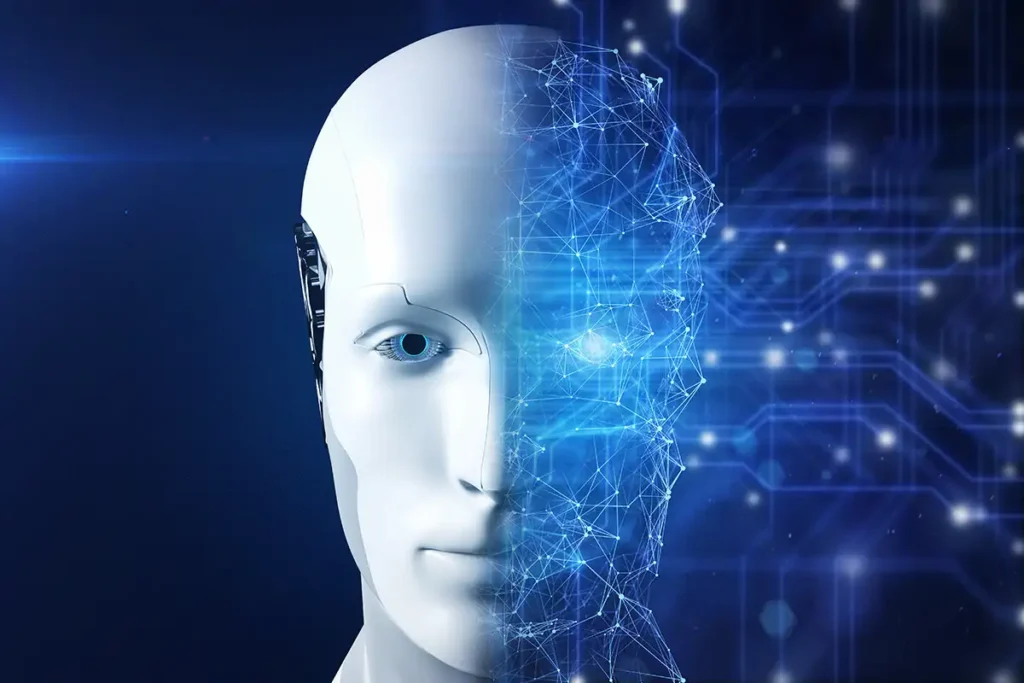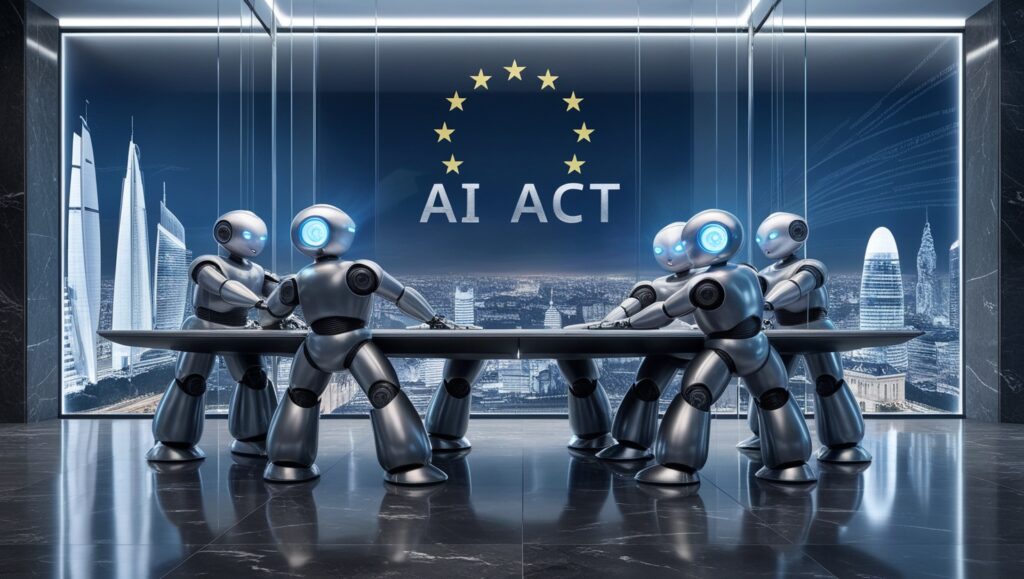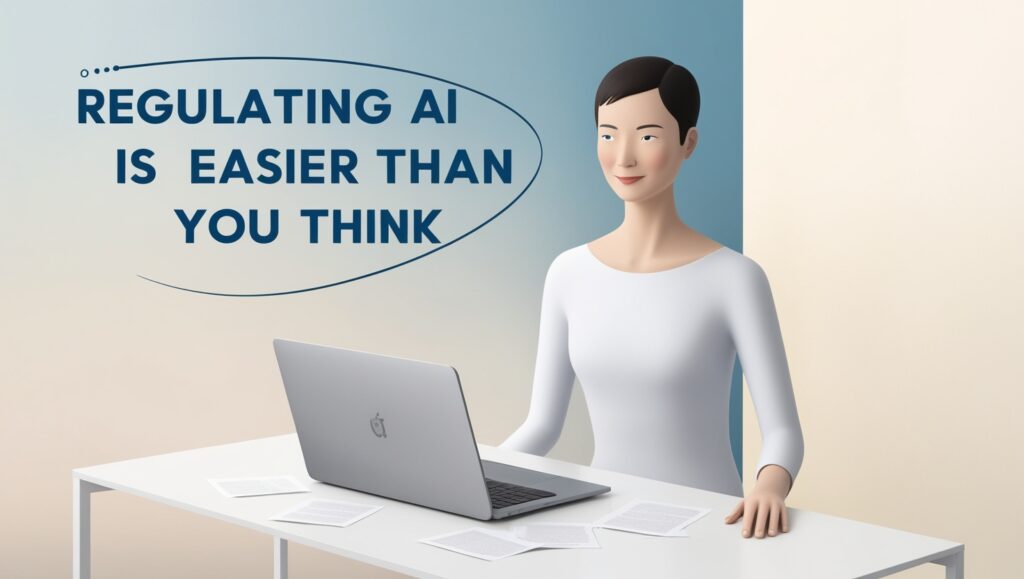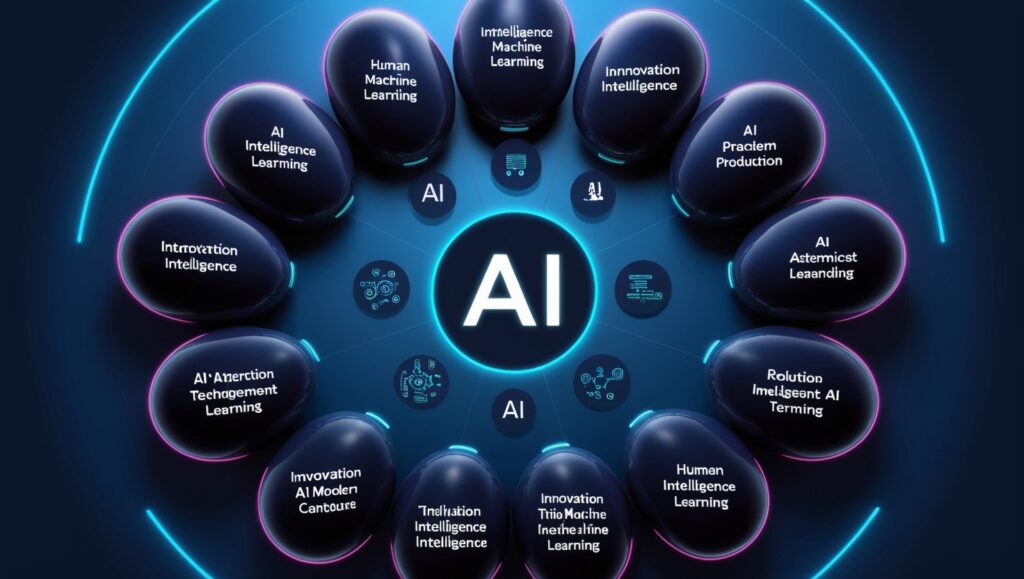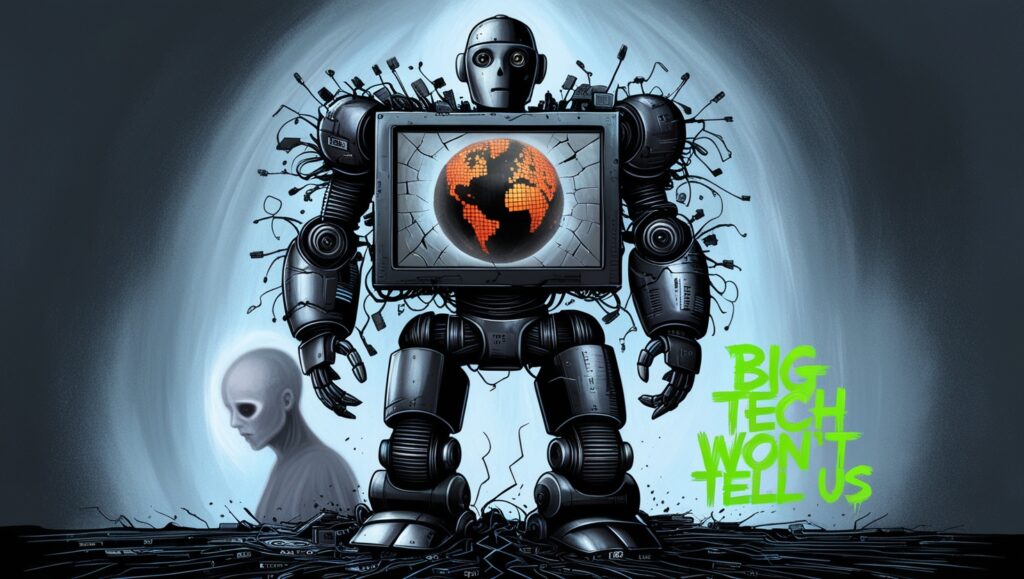A small but rising tech movement at the turn of the century, when Microsoft was king and the modern web was just getting started, posed an existential danger to the firm. One of its fundamental components is “a cancer that attaches itself” to “everything it touches,” according to Steve Ballmer, the CEO of Microsoft at the time. Linux, a rival operating system, and the open-source software it stood for—applications that were free for anybody to download, alter, and use, as opposed to pricey, proprietary software like Microsoft Windows and Office.
Mozilla Firefox, the Android operating system, and Wikipedia are just a few examples of the widespread use of open-source software on the internet. However, the technology industry was able to capitalize on the egalitarian concept by turning it into a profit center. Large, profitable corporations develop or improve their own products using free, open-source software. And everything that is open-source is still usually created for and dependent upon the Big Tech devices, platforms, and data servers that facilitate the majority of internet access and draw consumers to the most influential companies in the world. It is almost certain that purchasing computing hours from a cloud server hosted by companies like Microsoft, Google, or Amazon is necessary just to run an application or host a website.
The emerging generative-AI sector is currently dealing with a related problem. Major corporations are offering AI products to an increasing number of users, yet relatively few of them have any control or understanding of the technology’s operation. As a result, an increasing number of academics and institutions are endorsing open AI (which should not be confused with OpenAI, the secretive firm that created ChatGPT). In an effort to democratize a highly concentrated technology that may revolutionize labor, politics, leisure, and even religion, the goal is to develop comparatively transparent models that the general public can use, analyze, and reproduce more readily and affordably. However, this movement runs the risk of becoming absorbed by Big Tech, just like the open-source revolution did before it.
Llama 2, the most well-known and contentious AI system that claims to be “open”—and which was developed by Meta, the powerful owner of Facebook, Instagram, WhatsApp, and Threads—is the best example of the tension. Llama 2, a large language model that was released last summer, is free for both commercial and research use, despite not being as strong as the models that underpin ChatGPT and Google’s Bard. The completed code for the model can be downloaded, but Meta prohibits using it for certain purposes. Developers are prohibited from utilizing Llama 2 to enhance any other language model, and they require explicit permission from Meta in order to include Llama 2 into products that have more than 700 million monthly users. This prohibition would prevent TikTok, for instance, from making unrestricted use of the technology. Furthermore, many aspects of Llama’s development process are kept under wraps; for example, the model’s training data is unknown to anyone outside of Meta. It does not meet the criteria for being open, according to independent programmers and supporters.
Nonetheless, Llama 2 is available for download and use by organizations, institutions, and startups for almost any purpose. Apart from integrating the model into their products, they can also explore the origins of Llama 2’s capabilities and constraints, which are considerably more difficult jobs when dealing with “closed” technologies like ChatGPT and Bard. A representative for Meta provided a written statement stating that the company’s openness policy enables the AI community to use Llama 2 to contribute to the safe and responsible advancement of AI.
Aside from limitations on usage, a generative-AI model needs to release more than the finished product in order to be considered fully open. The key to comprehending, duplicating, or modifying AI is in the training data, the code used to process it, the processes used to fine-tune the algorithm, etc. AI is more difficult to access or contain than older open software, which could be simply bundled in .zip file and given without restriction. According to Udbhav Tiwari, Mozilla’s VP of global product policy, many of the AI projects we now refer to as “open” aren’t even open-source. Such ostensibly accessible releases are criticized by some as instances of “open washing,” in which businesses gain fame and provide research without really giving the information required for someone to thoroughly examine, replicate, or compete their models. Global attempts are underway to redefine “open-source” in the context of artificial intelligence.
Largely open models with more training details and less usage limitations are available; these are typically made available by small start-ups and charitable organizations. However, generative AI’s extreme complexity and resource requirements overcome even these models. AI is more like a Tesla than a bicycle, if traditional open-source software was similar in that it was simple to understand and modify. Few individuals could even make one, much less perform self-repairs, given the engineering ambitions for such an advanced car. Comparably, when you ask a question of ChatGPT or Bard, the answer that appears on your screen is the result of hundreds of millions of dollars’ worth of processing power, not to mention the money spent on salaries, computer chip acquisition, and other expenses. Save for the big giants and the startups they collaborate with, like OpenAI, very few people can spend those amounts.
It is also expensive to run those models for a big number of users. Nur Ahmed, an MIT Sloan School of Management AI expert, told that organizations, universities, and start-ups “cannot create these kinds of models on their own.” Investors are worried that start-ups won’t have enough funding to compete with the biggest tech corporations, which is why the AI venture capital market is already beginning to dry up.
In one way or another, you’re open-sourcing the data, the weights, or the code. But never the compute, never the infrastructure, as computer scientist Mohamed Abdalla of the University of Toronto told when he researched the impact of Big Tech on AI.
Either the code, the weights, or the data are being made publicly available. However, Mohamed Abdalla, a computer scientist at the University of Toronto who researched Big Tech’s impact on AI, told me that it was never the computing or the infrastructure. Big businesses lack the computational capacity and human capital required to even marginally compete in the market or significantly influence the course of AI research. Extensive resources are also required for auditing even “open” models; in the largest open-source data collection used to train generative AI, it took nearly two years to find images of child sex assault. Sarah Myers West, managing director of the AI Now Institute, told there’s a big difference between saying open-source will democratize access to AI and saying it will democratize the sector.
A few initiatives are making an effort to move AI infrastructure from powerful tech businesses to the general population. A high-performance computing facility for advanced AI research has been established in Boston by a number of universities in collaboration with the federal government, which wants to establish a National AI Research Resource. According to Yannis Paschalidis, a computer scientist at Boston University, which contributes to that computing center, that although he may be able to train a smaller, more specialized model or fine-tune a model, he don’t believe he can train the next version of ChatGPT with trillions of parameters at this time.
Smaller, open models that are less expensive to train and operate and have enough power for numerous commercial applications are also being designed by researchers. For example, the nonprofit research center EleutherAI, which publishes open-source AI, started out as a collection of researchers attempting to create an open substitute for OpenAI’s closed GPT-3. According to Stella Biderman, the executive director of EleutherAI, they wanted to train models like this, understand how they function, and make smaller scale copies of them available to the general public. However, without significant grant funding, many programmers, startups, nonprofits, and academic institutions are only able to modify models supplied by wealthy corporations or produce even smaller models.
Tech behemoths can profit from even resources that seem to support the open-source community: For example, Google and Meta have developed and contribute to the upkeep of popular, free machine learning software libraries. During an earnings call in the spring of last year, Mark Zuckerberg, the CEO of Meta, stated that providing that service has proven to be incredibly beneficial for the company, as all of the top developers in the business are now using their internal tools. When AI projects are developed using Meta’s tools, they can entice consumers to join the Meta-product ecosystem and are simple to commercialize. (When questioned Meta about the business model for open-AI libraries, a representative said, they believe in approaches that can benefit Meta directly but also help spur a healthy and vibrant AI ecosystem.) Encouraging “open” AI development, as many tech leaders have done, may also be a tactic to counteract unwelcome legislation; after all, why limit open-source initiatives that ostensibly increase market competition? Naturally, due of resource limitations, such efforts are unlikely to pose a significant challenge to market-leading AI companies.
As for research and development, it is focused on the applications, software structures, and jobs that Silicon Valley’s corporations find most important because of its potential to draw talent and create the biggest, most effective AI solutions. The course of AI research is ultimately shaped by this, according to Ahmed.
At the moment, the tech sector rewards and benefits from scale: larger models operating on corporate data servers and striving for small improvements on certain benchmarks. Influential AI papers from the past few years were analyzed, and it was discovered that while performance and originality were valued, ideals like “respect for persons” and “justice” were hardly mentioned. The direction for AI programs utilized in numerous goods and services was established by these technical articles. According to Abeba Birhane, an AI researcher at Mozilla and co-author of that study, the downstream effect might be someone being denied a job or housing chance.
Given the resources required to develop generative AI, the tech sector has been able to skew public expectations: anything that doesn’t function like ChatGPT is insufficient if that’s the only way language models can be imagined operating. However, it would also be a rather limited approach to creating and applying generative AI. Most buyers take into account a car’s size, design, mileage, infotainment system, safety, and other factors in addition to horsepower before making their purchase. To reap the benefits of open AI, people will need to redefine open-source and rethink what AI itself can and should look like. They may also be ready to forgo performance in exchange for a more equitable and transparent chatbot.


